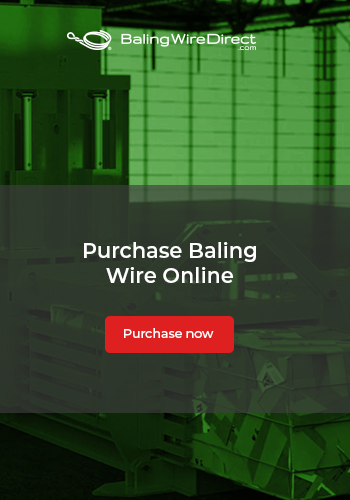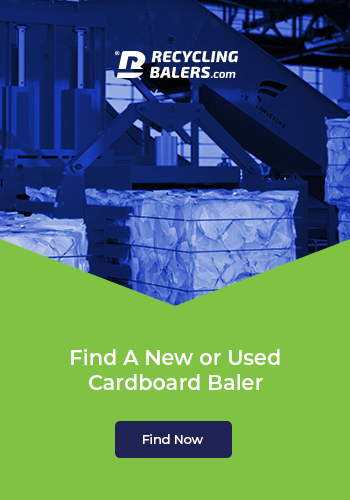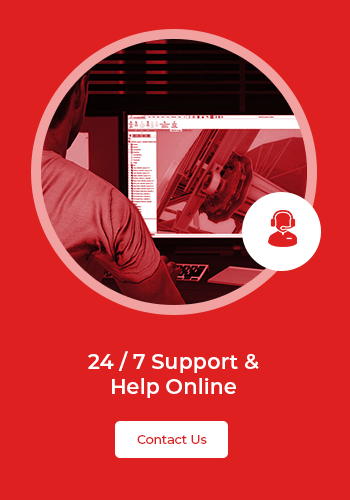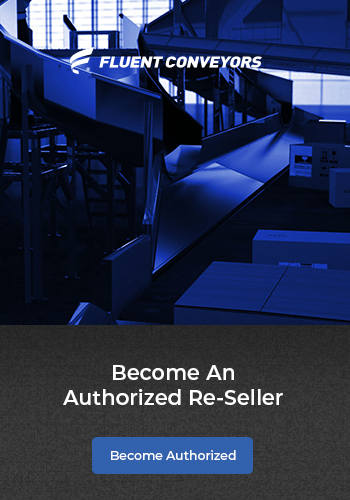Training Your Employees On Safe Practice
In the past, industrial accidents claimed hundreds and sometimes thousands of lives per year. In the modern world – and especially in the USA – this is unacceptable, and legislation has been put in place to ensure that staff is always safe in the workplace. One of the key planks of this legislation is the requirement for employers to train their staff to be safe and aware of hazards in the workplace. Here, we’ll introduce you to the fundamental building blocks of your safety training, ensuring that employees are safe around conveyors and other machines in your facility.
Emergencies
Let’s start with those moments in which your staff need to take decisive action in order to avoid injuries and harm. These can come as a surprise and a shock to workers, who sometimes freeze up in a moment of panic. You need to be able to train your workers so that they know – whether someone is trapped in a conveyor or they’re stuck in another machine – where the stop button is. All modern machines have instantly responsive kill switches, and these need to be clearly marked and regularly spaced across your whole facility to help save lives in emergencies.
Avoiding Emergencies
All that said, the key to training your staff is to help them avoid emergencies in the first place. Staff who are forced to press your kill switches in a moment of panic have probably neglected to observe safe practices in the lead-up to the emergency incident. To train your staff to avoid emergencies, you need to ensure that they know how to operate all of the machines in your facility, as well as how to avoid getting caught in machines like a conveyor. You should update these training sessions and organize tests with each new machine you bring into your facility.
Guard Rails
A good reminder for employees as to where they should and shouldn’t walk can be provided in your facility by guard rails. For instance, there is often little reason why an employee should stand close to a conveyor belt in action. If you’re looking to train your employees to avoid getting stuck in moving machines, it’s best to fit guard rails around the at-risk areas of your facility. That way, you’ll be training your staff about both the spaces that it’s safe to enter and those that are prohibited for safety reasons.
First Aid and Fires
Within your facility, you should also train a number of employees in two key areas: in practicing first aid on injured staff members and in running fire drills that help to evacuate your facility as quickly as possible in the event of a fire. Both of these are legal requirements in facilities, and you’ll need to rota a minimum quota of trained employees on the job at any one time. With these individuals trained and present, you’ll be enhancing the overall safety of your employees when they’re in the workplace.
Whether protecting employees from fires, accidents, or moving machinery like conveyor belts, you need to ensure you’re investing in training to help them understand and mitigate against the risks they’ll experience on the job.



